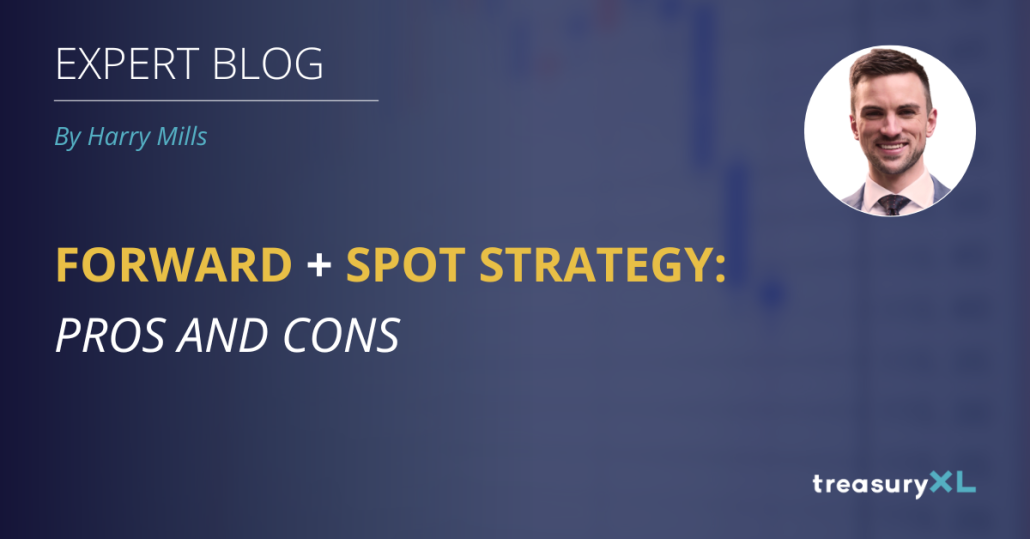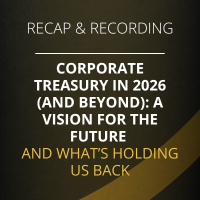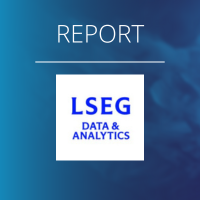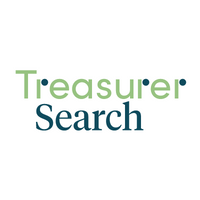Creating a currency hedging programme for a business requires thought and a detailed understanding of the unique position and needs of the organisation. There is no shortcut and no copy-paste solution!
Many businesses choose to hedge some of their forecasted cash flows and leave the balance to trade on the spot market later.
This can be useful if cash flows are not committed or the timing is uncertain
This is a bad idea if the objective is to speculate and seek (hope) for FX gains
In this article, I’ll explain how a forward+spot strategy works and introduce an alternative.
How does it work and, is it worth it?
Let’s say a UK importer has upcoming payables of EUR 1 million. A few months ago, they hedged 75% of this exposure with a forward contract at a rate of GBPEUR 1.15, leaving the other 25% to trade at the spot rate.
If the pound rises to €1.20, their costs would fall by £9,057
If the pound falls to €1.10, their costs would increase by £9,887
The chart below shows the difference in cost at various spot rates for the 75% hedge + 25% spot strategy compared to trading the full amount at €1.15.

This may or may not be a good solution. To assess this we’d need to understand:
- Hedging objectives
- Risk tolerance
- Certainty of the cash flow; amount and timing
- Sensitivity to changes in the spot rate
An Alternative?
It is possible to obtain a 100% hedge with less than 100% contractual obligation to exchange. Such a solution is achievable through the use of currency options but, we won’t go into too much detail here as we are not authorised by the FCA to deal in such financial instruments.
Disclaimer: At the time of publication, Oku Markets is not authorised by the Financial Conduct Authority. We do not carry on nor purport to carry on any regulated activity including, but not limited to, advising on investments, arranging investments, dealing in investments, or making arrangements with a view to transactions in investments.
The chart below shows the total cost of purchasing EUR 1 million using the 75%+25% forward/spot strategy and, the alternative instrument (‘participating forward’) at a rate of €1.1425 – a less favourable initial protection rate.
Note that we’re deliberately using round numbers for the sake of the illustration
We can see that:
- (A) – The forward contract gives a better initial protection rate (1.15 vs 1.1425)
- (B) – The forward strategy leave downside exposure (higher cost)
- (C) – In a rising market, the forward strategy outperforms (lower cost)

Cut Through the Noise
Want to review your FX strategy? Contact Harry to discuss reviewing your currency processes and receive expert guidance!
Thanks for reading!
Harry Mills, Founder at Oku Markets












